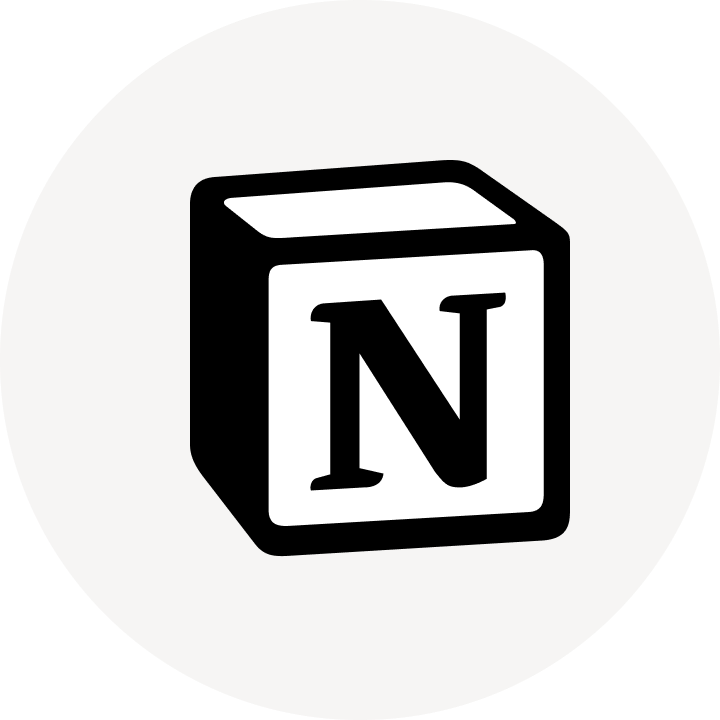Sprint Planning is a critical step for Product Strategists, guiding the direction of product development over a set period. It ensures that teams are aligned on goals, tasks are prioritized effectively, and resources are allocated wisely to meet objectives. A well-structured Sprint Planning template in Notion can streamline this process, offering a clear layout to capture goals, assign tasks, and track progress, thereby enabling strategists to focus more on strategic decision-making and less on organizational logistics.
Before you start devising your personal Sprint Planning system, explore these Sprint Planning templates below to streamline your process.
What Should Sprint Planning Templates Include?
Choosing the right Sprint Planning template can streamline your project management process and enhance team productivity. Here are key components to look for in an effective template:
Goal Definition: A clear section for defining sprint goals helps ensure that all team members understand the objectives and focus their efforts accordingly.
Task Breakdown: The template should include a detailed area for breaking down tasks into manageable chunks, making it easier to assign and track progress.
Resource Allocation: It's crucial to have a component that outlines which resources and team members are assigned to each task to prevent overlaps and ensure efficient use of resources.
Timeline View: A visual timeline or calendar that maps out the sprint duration, including key milestones and deadlines, aids in keeping the team on schedule.
Selecting a template with these components will help you maximize efficiency and keep your team aligned throughout the sprint.
What Should Sprint Planning Templates Avoid?
Choosing the right sprint planning template is crucial for streamlining your project management processes. However, not all templates are created equal. Here are three key components to steer clear of when selecting a sprint planning template:
Overly Complex Layouts: Avoid templates that feature excessive sections and categories. They can complicate the sprint planning process rather than simplifying it, leading to confusion and wasted time.
Fixed Time Frames: Templates that rigidly define time frames can restrict flexibility. Opt for templates that allow adjustments to sprint durations based on project needs and team velocity.
Generic Task Descriptions: Steer clear of templates with pre-filled, generic task descriptions. They can limit the team's ability to customize tasks to the specific needs of the project.
Selecting a template that avoids these pitfalls will facilitate a more efficient and tailored planning process, ensuring your team can focus on delivering value.













